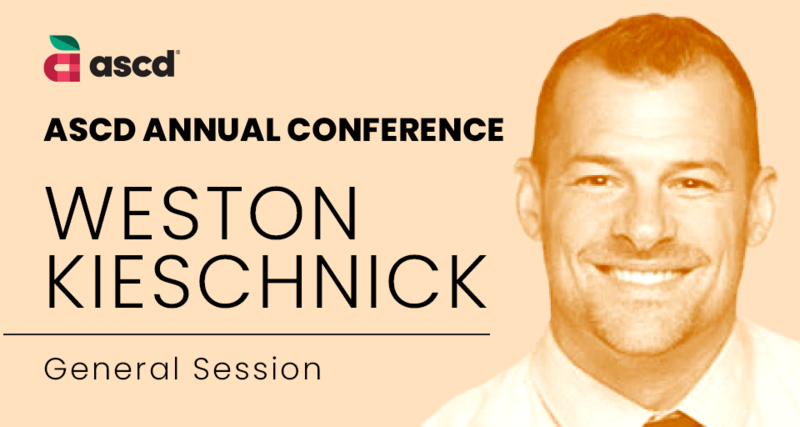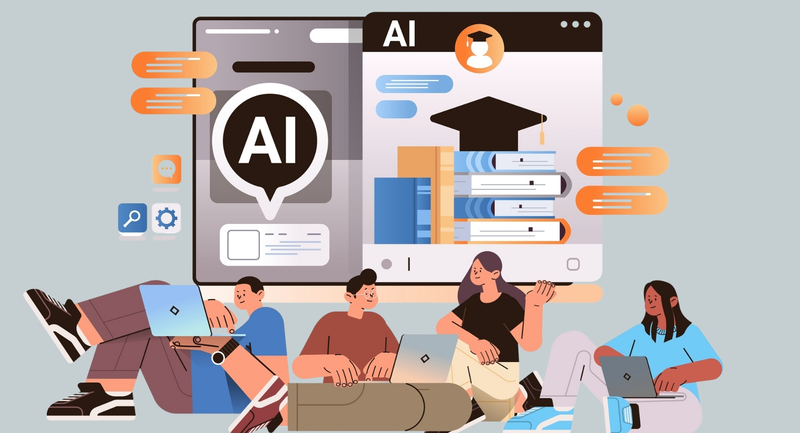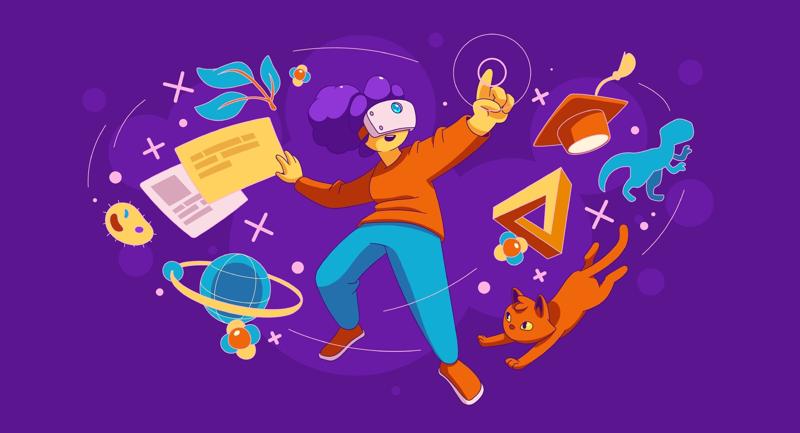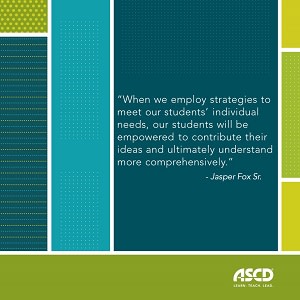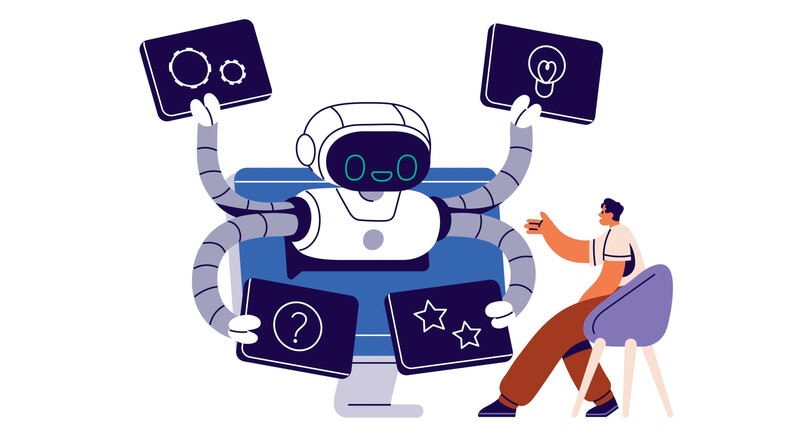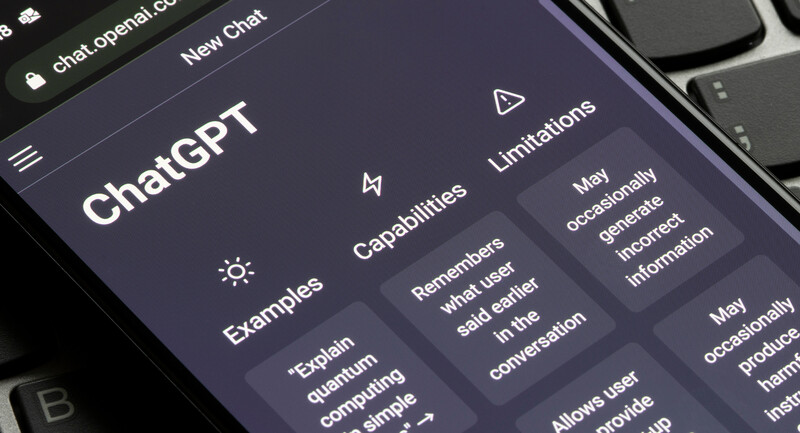Adapting to a wave of new edtech platforms and products, and choosing the most useful among them, can be daunting for some educators. Weston Kieschnick, an author, education consultant, and coach, is used to guiding teachers through uncertainty about how technology can serve their classrooms. He will be presenting a keynote session at the upcoming ASCD Annual Conference. Below, he discusses blended learning, social-emotional wellness, and how teachers can take advantage of new technologies.
Your book, Breaking Bold, unpacked how teachers can cultivate positive relationships with students. How important are those relationships today and how can technology support them?
Frankly, they've always been important. But I think we discovered quickly, during some of the long periods of isolation that a lot of us experienced, that we need human connectivity. In a high-functioning learning environment, we want to look for three things: “Are kids engaged with the teacher?”, “Are they engaged with the content?”, and “Are they engaged with one another?” That third [question] is more important now than it's ever been.
Technology has to be a conduit for relationship-building and connectivity. Too often, technology has shown up in our schools in a way that promotes isolation. Kids have plenty of time during the day on their own devices, where they're isolated from their peers and their families. And so, we have to ask ourselves, how can we use technology to get kids engaged—whether in a synchronous, asynchronous, virtual, or face-to-face learning environment—in things like a Socratic seminar, where they're talking and interacting with one another? It's sort of a new frontier for us: It's not enough just to use technology to support a [specific instructional] strategy at this point, the technology has to support collaboration between kids and teachers.
How important is preserving social-emotional learning as educators implement new technologies?
I have a bit of a controversial view when it comes to social-emotional learning. When I talk about Breaking Bold, I tell people we do this weird thing in education where we break things apart. I don't think there's such a thing as social-emotional learning; there's just learning. And every stitch of teaching and learning that we do with kids has to account for their social-emotional wellness first.
Do you remember when Jurassic Park came out? It was such a phenomenon because they were using CGI in a way that had never been done before. And then every movie that came after started to use CGI in similar ways and nobody delineated in that field, “Oh, this is a movie, or this is a CGI movie.” But this is a thing we do in education all the time. I'm reluctant to even use the phrase blended learning anymore because all the teaching and learning that we do with kids from here on out will have to be blended with technology. That's just good teaching and learning. I feel the same about social-emotional wellness. Social-emotional wellness has to be woven into every single thing that we do with kids. There can't be [academic] learning times and then hard stops for social-emotional learning.
That sounds like what you describe in your book, Bold School, this idea of blending old school wisdom and new school technology.
Yes, 100 percent. How do we lean into the things that have always worked in our field? There are things that we've done for a long time that don't work, and those things need to go away, but we need to be careful about throwing out the baby with the bathwater. The biggest worry that teachers have is that the arrival of technology represents the departure of everything they love about teaching and learning. It's one of those concerns that I really try to quell when I have a conversation with a teacher. The first thing I want to know is, “What's your superpower? What's the thing that you are incredible at?”
I still coach high school football, and we've got this kid right now who's about six feet tall and so fast. Do I tell people, “I'm going to take that guy and turn him into an offensive lineman?” No, of course I'm not going to do that. I'm going to put him in a position to be successful based on what his strengths are, which is exactly what we should do with teachers. It has to be about magnifying the things that they're good at and then building a skill set around it.
What about school leaders? How can they help support that process?
Rule number one: if you don't know it, you can't grow it. There are lots of school and district leaders out there who say, “I want to grow a greater sense of technological competency in my teachers,” but if you don't have a firm understanding of how to support great instruction with technology, then you are going to struggle. So many leaders want to grow pedagogical competency and see their teachers prioritizing content standards, using technology. But in order to push teachers into that space, they're going to have to enter it as well. “OK, if I want to grow this, I need to do some serious learning.”
How can educators maintain a positive, forward-thinking mindset, especially after having to adapt so much to pandemic-related challenges?
It's a challenging time to be a classroom teacher, or a school principal, or a superintendent. We have to speak honestly about the challenges that exist in education. I want people to insulate themselves with mentors, friends, and colleagues who lift them up. Don't light yourself on fire to keep everyone else warm. It's a bad habit that we have in education, where we burn the candle until there's nothing left.
And when it comes to technology, here's the dirty little secret: So many of these tools do the exact same thing. Edtech experts have five, six, or seven tools that they use really well. I want everyone to absolve themselves of the notion that they must go out and learn all these tech tools to be successful. They don't. They just need a handful that support what they do well. That's number one.
Number two, when it comes to relationships, I think people need to check in on one another. Make sure you've got people in your corner who are checking in on you because those relationships are going to feed into the positive relationships that we cultivate with our kids. And then in terms of pedagogy, if you want to get excited and rejuvenated about the field, so much of that comes not from using new tools, but from using new [instructional] strategies. That's where the joy comes from.
This interview has been edited for space.



